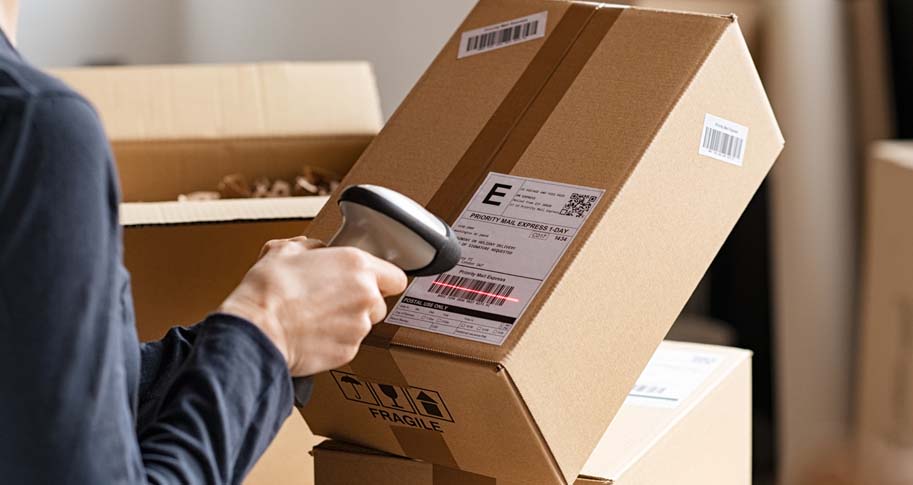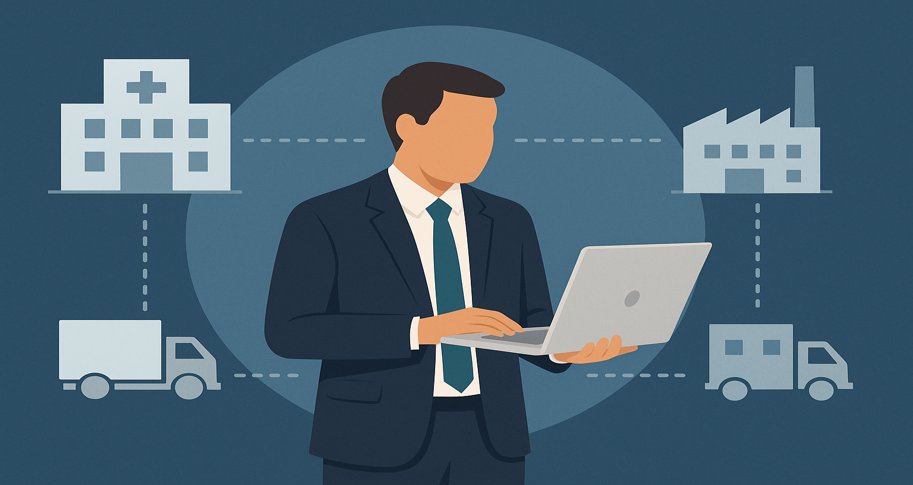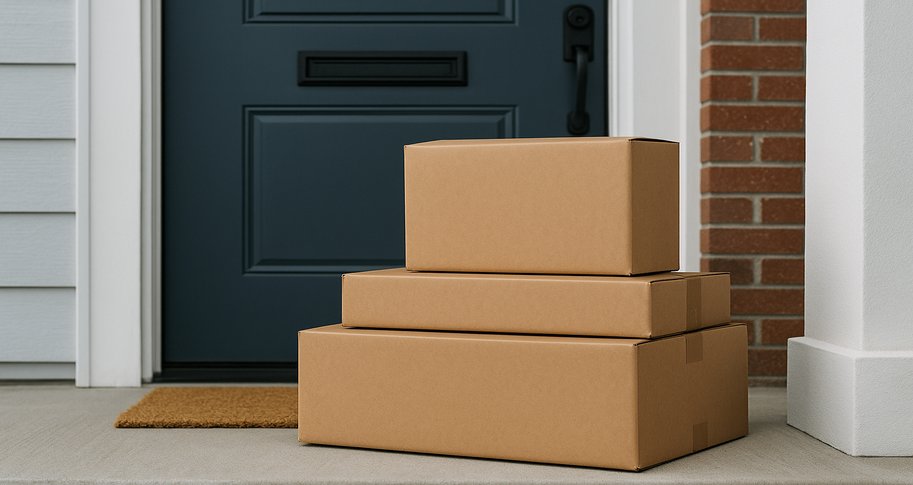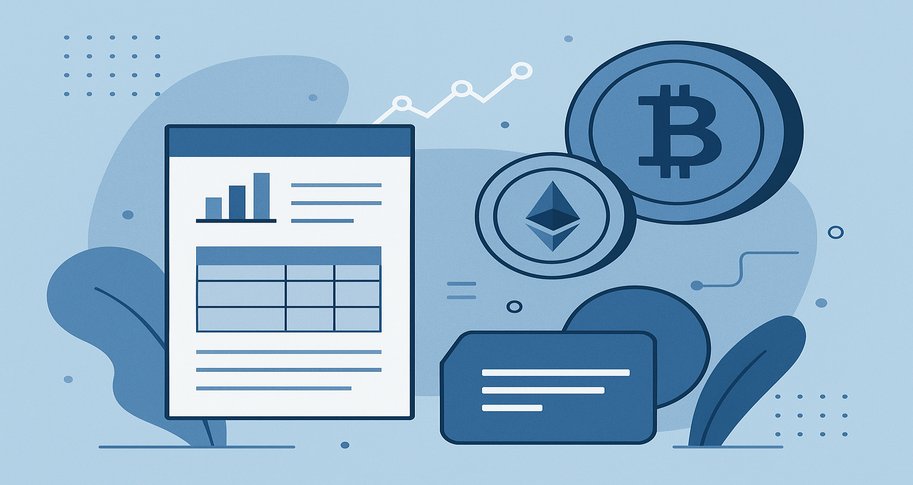
Product returns can be problematic for retailers. In 2018, returns cost U.S. retailers $369 billion, or nearly 10% of their total revenue. This number is even worse for certain stores: returns cost LL Bean $50 million annually, roughly 30% of its profits.
But despite the substantial losses retailers suffer from product returns, many are reluctant to eliminate them entirely: “In practice, the majority of retailers respond by just slightly tightening the return policies.” For example, LL Bean, who used to have a no-time-limit, no-receipt-required return policy, began requiring that all products be returned within a year in 2018.
But if return policies are so costly, who do retailers continue to keep them? One explanation is that product returns incentivize consumers to make additional shopping trips and purchase more products. For example, stricter return policies have been shown to decrease consumer purchases.
In their article, “A structural model of purchases, returns, and return-based targeting strategies,” Jialie Chen explores two possible benefits for retailers associated with product returns: the option value effect of a product return and the effect of additional shopping trips on consumer decisions when making these returns. Based on his findings, the author recommends two return-based targeting policies retailers can employ to maximize profits on product returns: a targeted reduction of return costs and targeted price promotions on return trips.
What Is “Option Value?”
When a retailer allows you to return a product, it provides you with an option that has measurable value. For example, consider the case of personal care products. While you can gather information like the product’s ingredients in-store, you won’t know about other issues related to the product, such as possible allergic reactions, until after you’ve used it. However, if you’re able to return the product, you’re more likely to purchase it, even if you don’t know if it will give you allergies. As a result, “product returns could increase gross sales of the product.” Moreover, if the medication doesn’t give you allergies, you’re more likely to keep the product than return it. Consequently, “allowing product returns might even end up promoting net purchases (after accounting for losses in sales associated with product returns).”
The Value of Additional Shopping Trips
Product returns also impose a separate “shopping trip” effect on consumers’ future decisions. “For example, product returns often promote store traffic, as the need to return any products requires making a separate trip in the future.” And while at the store, you may purchase more items apart from the product you’re returning. Like the option value effect, these extra shopping trips can lead to additional purchases and greater profits for the retailer.
Using a Structural Model to Examine These Effects
To fully evaluate a retailer’s return policy, it is necessary to measure the impact of these effects. Particularly, retailers must understand how option value and additional shopping trips can increase consumer purchases. However, the author notes that the effect of these product returns can’t be realized by simply comparing the purchases and shopping trips of consumers who have returned items and those who haven’t. “Such an analysis would be subject to selection bias, as consumers who have returned items could be fundamentally different from those who have not (e.g., loyalty, willingness to pay). Thus, behaviors are not directly comparable between these groups.”
To properly measure how these effects influence consumer purchases, the author uses a dynamic structural model that accounts for the sequential shopping trips consumers make for purchases and/or product returns. While experiments are expensive and require retailers to actually implement the policies, a structural model allows retailers to conduct policy simulations, which are less costly and don’t interfere with the retailer’s current practices.
The model includes two features directly related to the two effects of product returns. First, consumers are allowed to be forward-thinking when making purchases, considering the possibility and utility of returning the products in the future (the option value effect). Second, by modeling consumer decisions repeatedly over multiple shopping trips, the author can examine how product returns affect the timing of future trips.
The Impact of the Option Value Effect and Additional Shopping Trips
The author’s simulation confirms the presence of the option value and shopping trip effects associated with product returns. “In the absence of a return’s option value effect, consumers are disincentivized to make more purchases.” Specifically, they found that gross purchase and net purchase declined by approximately 25% and 21%, respectively, and that the number of shopping trips decreased slightly.
Additionally, the author finds that when returns are not allowed, the total number of shopping trips decreases by 5%, and that gross purchases and net purchases decrease by approximately 11% and 1%, respectively. This supports the argument that product returns often incentivize consumers to make additional shopping trips: “While these trips are made with the original intent to return, consumers might end up making additional purchases. Doing so leads to an increase in both gross and net purchases.”
The Effect of a “Targeted Reduction of Return Costs”
With these findings in mind, how can retailers utilize product returns to maximize marketing opportunities and profits? The author first recommends a policy of targeted reduction toward return costs. High return costs can be harmful for retailers, because they reduce expected return utility and, in turn, consumers’ option value from their return and their likelihood to purchase. As such, “a reduction in return costs for these consumers could therefore be beneficial for retailers by further increasing option value and consumer spending.”
To assess this strategy, the author considers a policy in which retailers offer a targeted 10% reduction of the return cost. Such a policy is employed by retailers like Target, which offers prorated refunds for items purchased for a gift card promotion. In the author’s experiment, the effects of a targeted strategy on a randomly selected group of consumers are compared to those of an untargeted strategy. They find that a targeted reduction strategy promotes shopping trips by approximately 2%, gross purchases by 8%, and net purchases by 8%.
The Effect of “Targeted Price Promotion” on Return Trips
Because returns can also incentivize consumers to make additional shopping trips, the author argues that retailers should “promote purchases during these additional shopping trips, even though these trips are made with the original intent of product returns.”
To assess this strategy, the author considers a policy in which retailers offer a 10% discount to consumers who return products in store. This promotional strategy’s popularity is growing: Kohl’s, for example, offers price coupons to any consumers who make an in-store return of products purchased on Amazon. In testing this strategy, the author finds that a targeted price promotion, when compared to a randomized priced promotion, leads to greater shopping trip frequency (by 1.30%), gross purchase total (by 11.41%), and net purchase total (by 11.51%).
While product returns have become increasingly problematic for retailers, allowing these returns is still in the retailer’s best interests. Using a structural model to examine the effects of product returns on the option value effect and shopping trip effect, the author finds that product returns can boost consumers’ net purchases and shopping trips. Two potential targeting strategies based on these findings, a targeted reduction of return cost and targeted price promotion on return trips, were shown to increase shopping trips and, in turn, net purchases.
Based on the current absence of targeting strategies associated with product returns, the two strategies studied by the author can be useful for retailers if implemented. Additionally, the policy simulations constructed with the author’s proposed structural model “allow retailers to assess these managerial strategies without incurring additional financial costs.” For example, the simulation for a targeted price promotion doesn’t require retailers to offer any actual coupons to consumers. Assessing these strategies in reality can be costly, but the author’s structural model allows retailers to assess different strategies without the associated uncertainty and financial costs.







